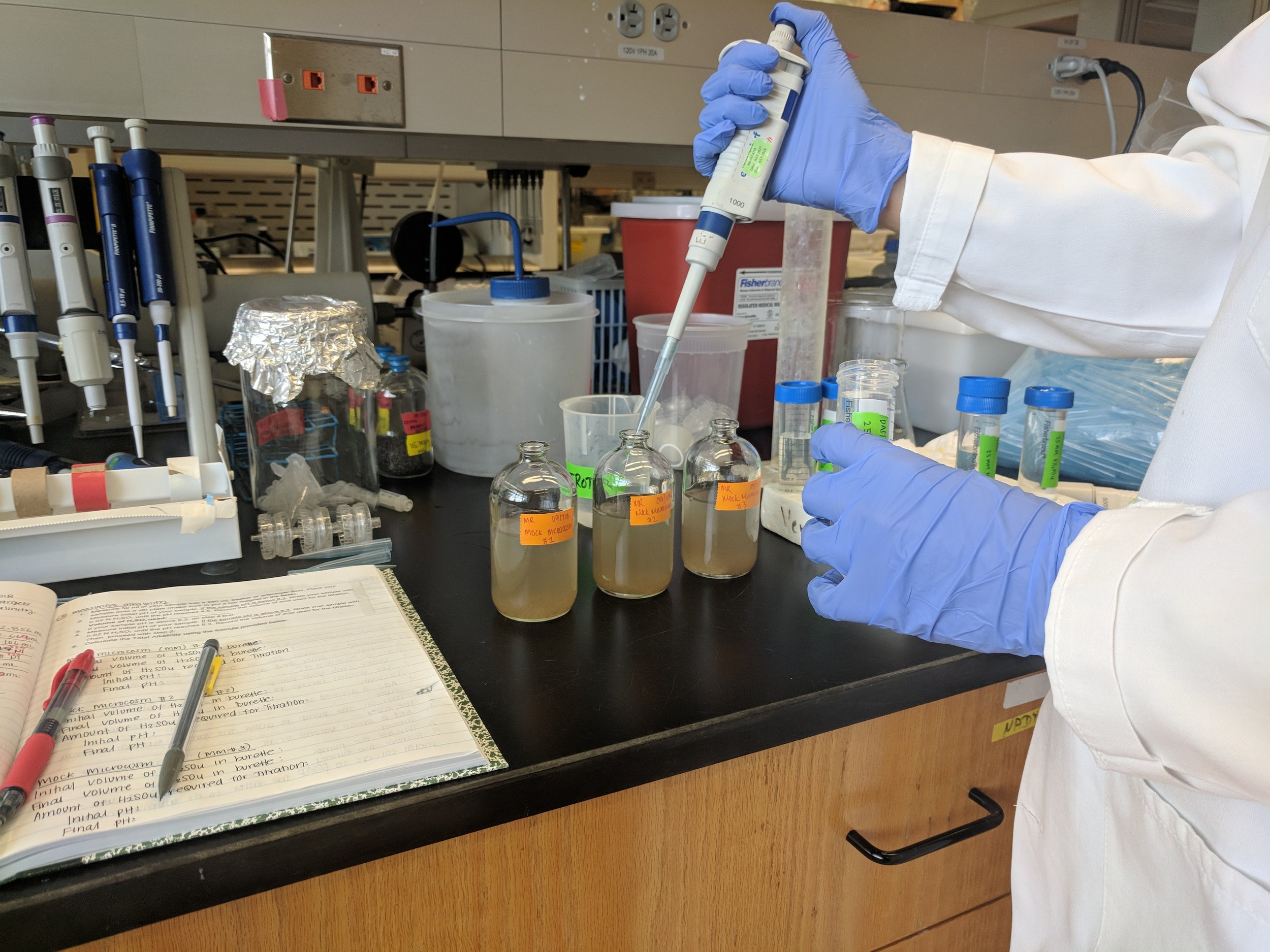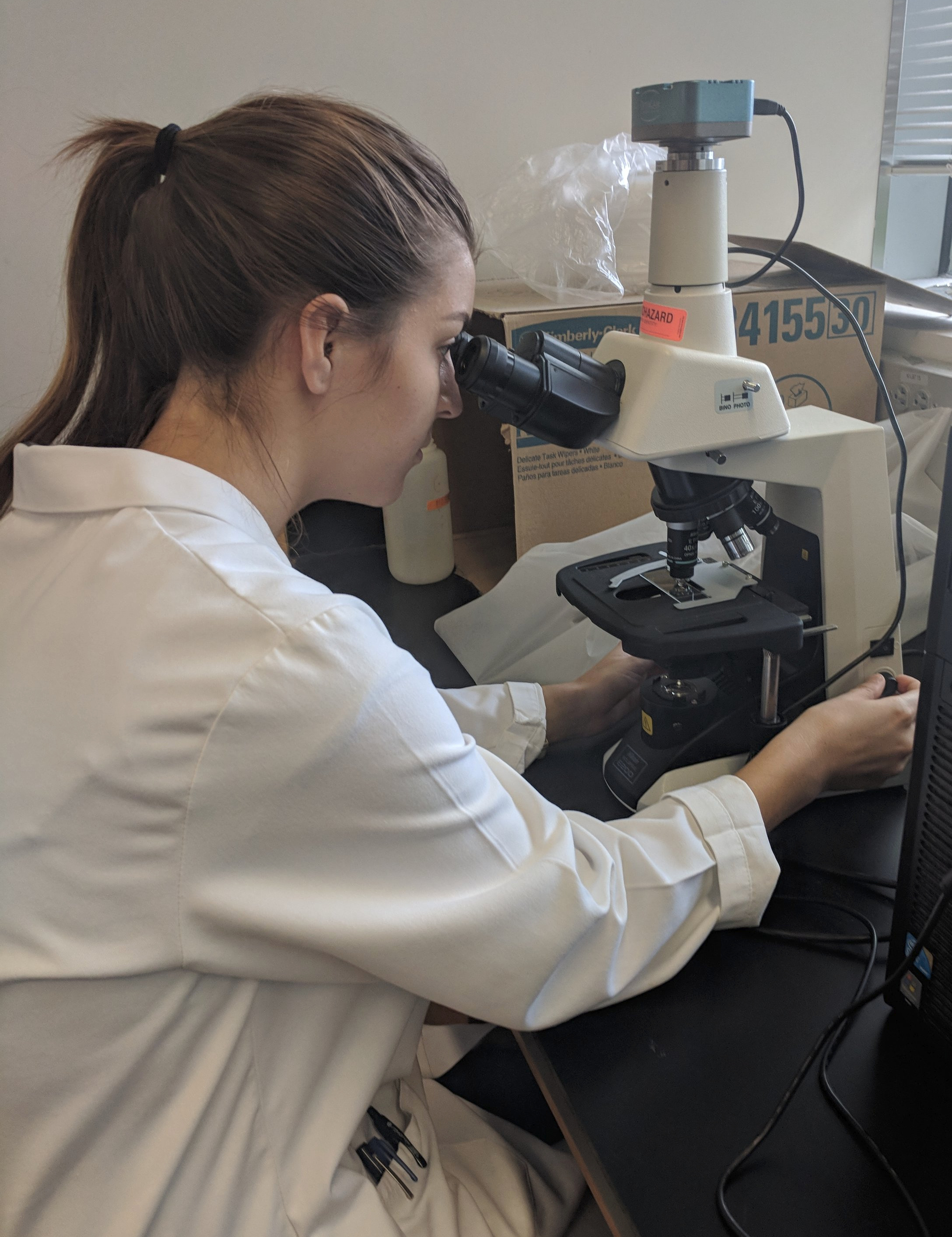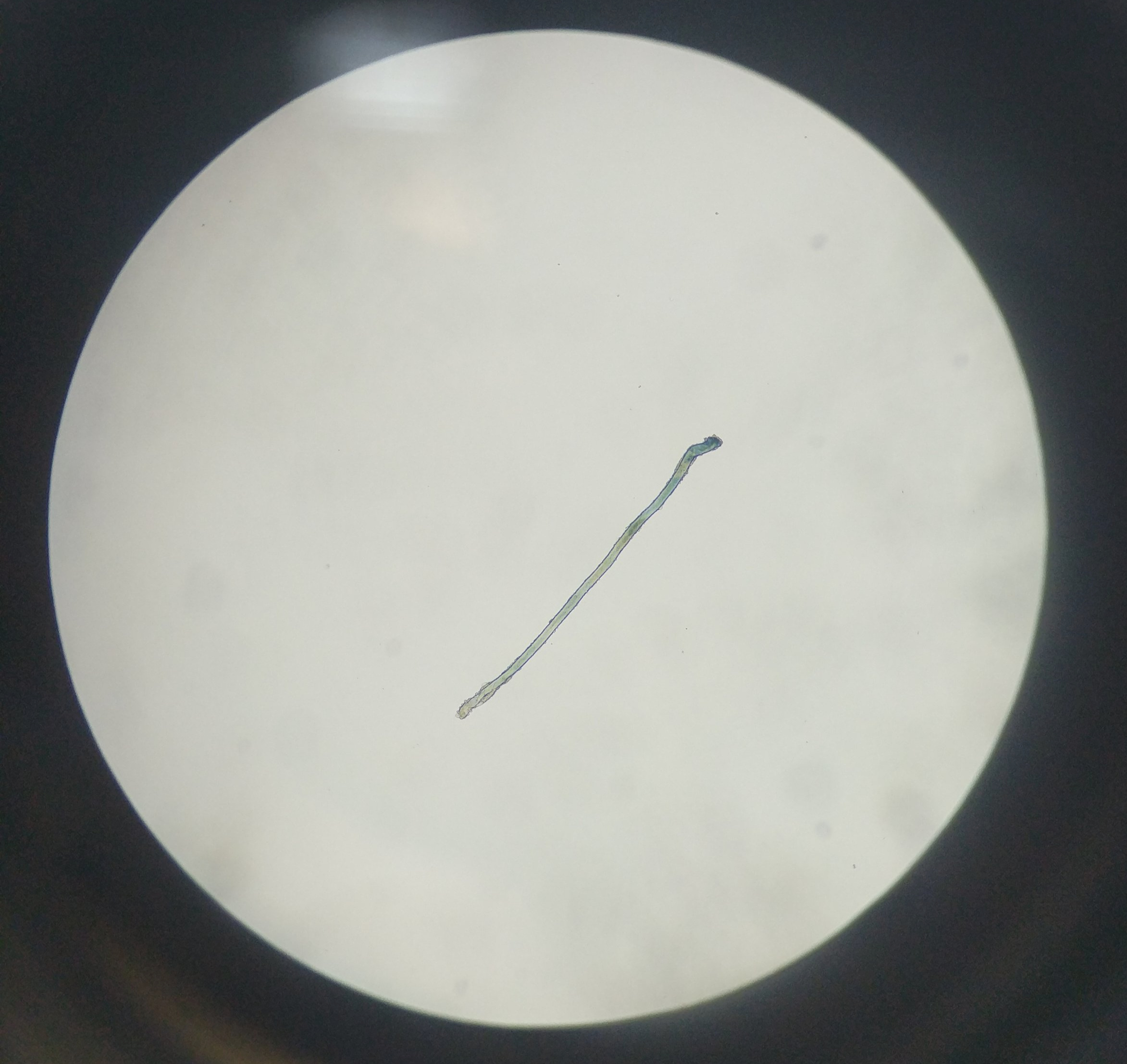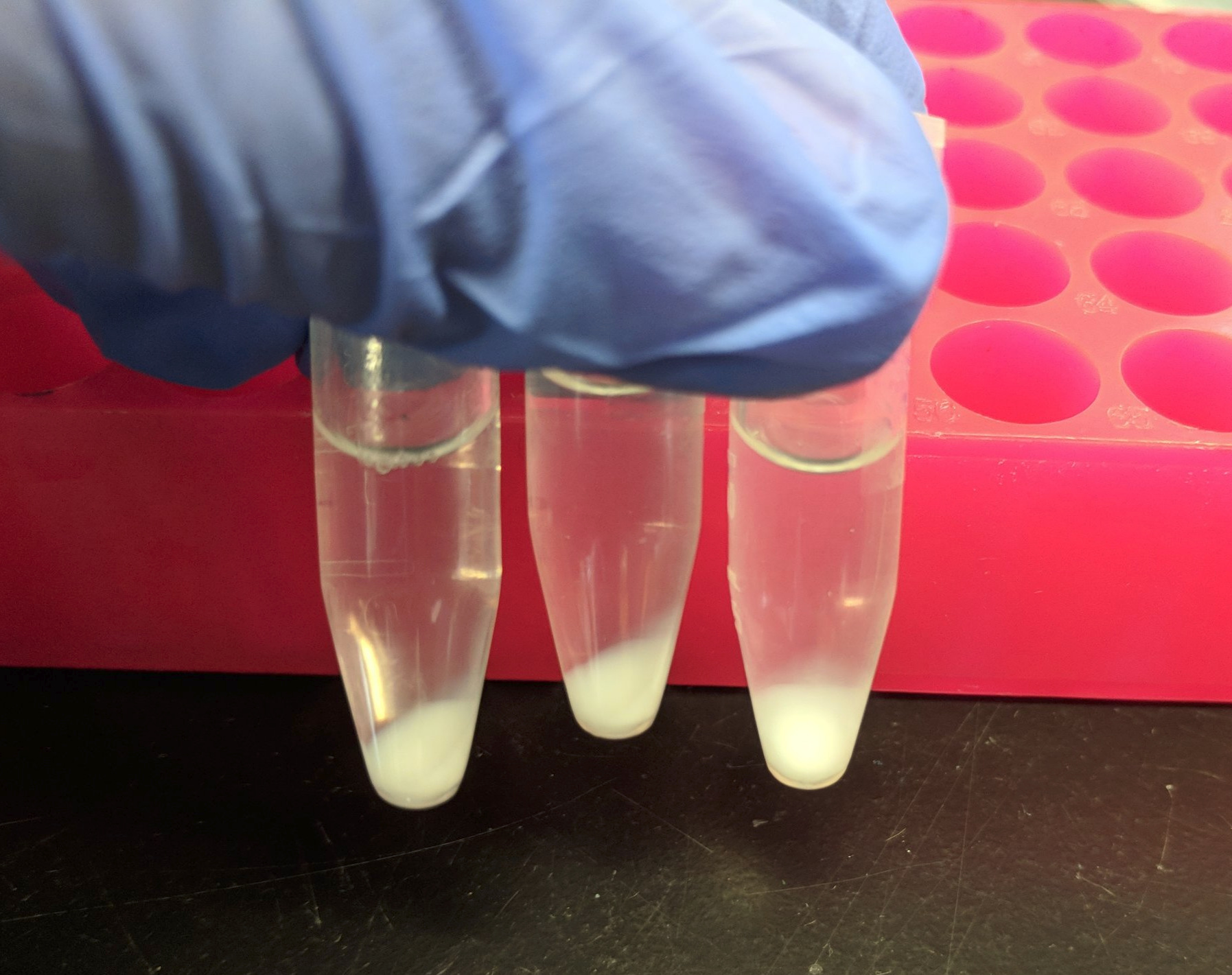Accounts of a microbial hunter in France: Introduction
I am currently conducting research at the Centre National de la Recherche Scientifique (CNRS), located in Marseille, France. I am working there with Dr. Emmanuel Talla to identify the microbial community structure in engineered systems aimed to biologically remove nitrate from small community drinking water systems.
This blog series encompasses my experiences at CNRS. I hope that it serves as a useful resource for those interested in pursuing research opportunities abroad, incorporating an interdisciplinary component to their research, navigating through challenges, and much more. This post serves as an introduction of the research I am pursuing at CNRS. I want to take the time to prime my audience on the basis of this research in efforts to provide context for subsequent posts. Thank you for taking the time to join this journey with me!
Small communities are especially vulnerable to health impacts associated with the consumption of nitrate contaminated drinking water
My passion surrounds providing potable water and treating wastewater in communities around the globe. As an Environmental Engineering PhD student at the University of South Florida, my research seeks to develop low-cost, simple, and sustainable systems for treating nitrate contamination in small community drinking water systems. The consumption of nitrate contaminated water is a concern because it has been linked to causing an illness known as methemoglobinemia, which is fatal in infants and can lead to spontaneous abortion in pregnant women. Small communities are especially vulnerable to these impacts as financial and technological resources are often limited or unavailable. This makes it difficult for these communities to employ traditional physical and chemical methods of nitrate removal.
Denitrification using sulfur-bearing minerals is a promising technology for treating nitrate contaminated drinking water supplies in small communities
My research harnesses a natural biological process known as denitrification in engineered systems. Microbes known as denitrifiers are drivers of this process and are responsible for transforming nitrate into nitrogen gas, which is an environmentally benign product. Denitrifiers are ubiquitous throughout the planet. Therefore, the introduction of these organisms into engineered systems can create a potentially affordable and sustainable nitrate removal technology for small communities.
Previous research has demonstrated that sulfur-bearing minerals can mediate wastewater denitrification. However, few studies have evaluated the use of these minerals for drinking water denitrification. My research involves assessing and comparing the performances of various sulfur-bearing minerals to promote drinking water denitrification. The use of sulfur-bearing minerals is specifically attractive because they are abundant and widespread. Therefore, the acquisition and application of these minerals in engineered systems can be achieved with relative ease.
The biological mechanisms governing denitrification facilitated by sulfur-bearing minerals is unclear
As mentioned previously, denitrifiers are the drivers for denitrification. The underlying biological mechanisms that occur when these minerals are employed for this process are poorly understood. Studying microbial community structure can provide insights into these mechanisms, which can be harnessed to refine the design of engineered systems for enhancing nitrate removal. My research takes an interdisciplinary approach in attempt to treat nitrate contaminated drinking water. Fundamentals of environmental engineering are employed to develop novel engineered systems containing sulfur-bearing minerals for denitrification. Furthermore, molecular and computational tools are used to examine microbial community evolution in these systems.
Next generation sequencing (NGS) technologies are used to study microbial community structure during denitrification mediated by sulfur-bearing minerals
Over of the course of several months, small volumes of sample were removed from the engineered systems to: ( 1 ) monitor how the nitrate concentration changed throughout the experimental period; and ( 2 ) examine the evolution of the microbial community structure. Combining information acquired from both of these tasks can help in gaining a comprehensive view of this specific nitrate removal process. Molecular biology tools and techniques were applied to isolate DNA from the collected samples. Following this, NGS was applied on the samples to obtain data that could be subsequently analyzed to identify microbes within the samples. NGS is a technique that is applied for ancestry kits, such as 23andMe® or AncestryDNA®, which are used to discover a persons family history.
Processing NGS data to obtain information on the microbial community structure in the engineered systems used in this investigation
I am receiving training in bioinformatics at CNRS. Bioinformatics is a multi-disciplinary field that includes molecular biology and computer science. Dr. Talla is advising me through using bioinfomatics to analyze the NGS data representing samples that were previously collected. I am gaining hands-on experience with handling big data obtained from NGS, using computational tools to perform quality control and analysis, and troubleshooting these tools. By the end of this experience, I will have the ability to describe: ( 1 ) the impact of the microbial community on denitrification performance using different sulfur-bearing minerals; and ( 2 ) identify populations that are dominant during peak periods of nitrate removal. This information can be applied in the development of future engineered systems to foster conditions that promote the growth of these dominant populations. This can assist in optimizing nitrate removal efficiencies of these systems during pilot testing within a small community setting.
Acknowledgements
I would like to thank the Chateaubriand Fellowship, Alfred P. Sloan Foundation, and McKnight Doctoral Fellowship for supporting this project and encouraging opportunities for graduate students to pursue research abroad!
Thank you for your time and I hope that you were able to learn something new from this post. For any additional questions or comments feel free to leave your responses below.
Thank you for your time and stay tuned for my next post of this series! If you have any questions or concerns feel free to comment below.









